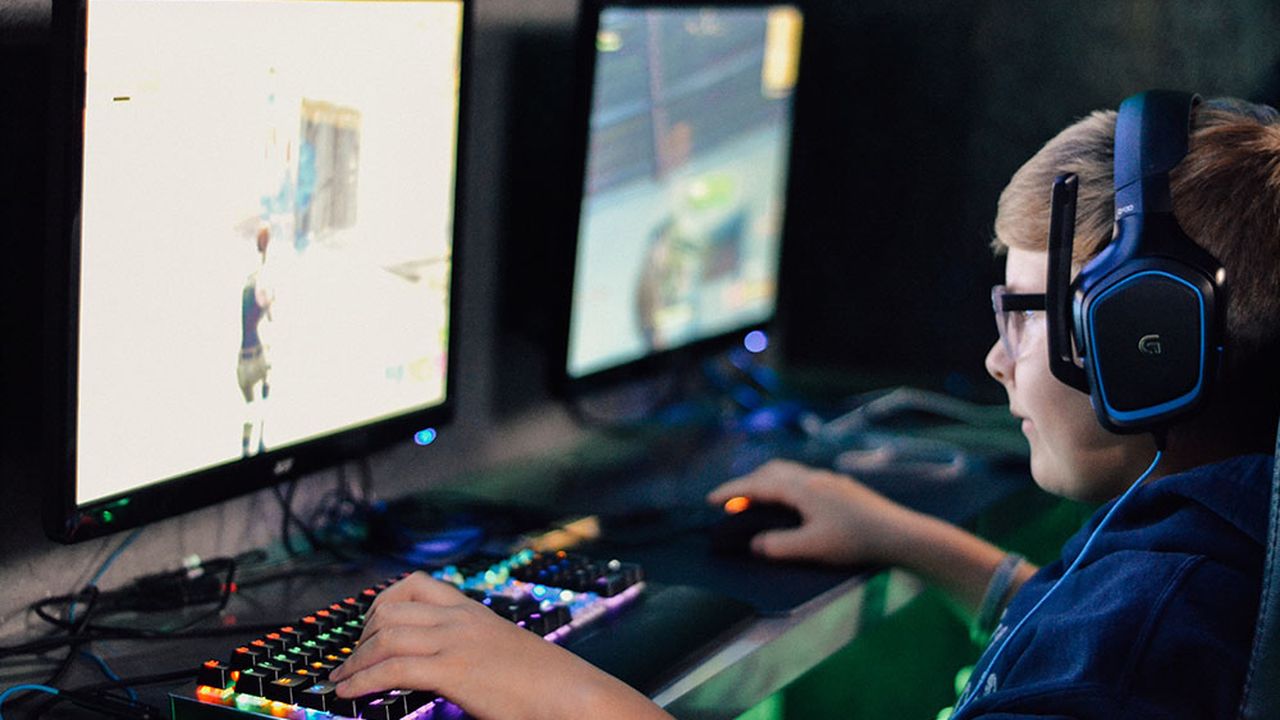Dealing with the digital pink elephant in the room
What can classrooms take from engagement created by gaming?

In July 2019, an American teenager won a staggering $3m… for playing Fornite. The game that saw ‘flossing’ take the UK by storm (just be glad there’s less bottle flipping, eh?) , has 200 million registered players across the globe. During the world tournament, a record-breaking 2.3 million viewers watched as Kyle Giersdorf, 16, won the solo event of the competition. Undeniable numbers, you might agree.
Less about Fortnite though and more about what it has to do with the classroom. What these stats show that there is no denying the popularity of gaming, and it’s going to become harder and harder to block the effects of this on the learning of our pupils. But it may be that we’re looking at this all wrong. Instead of blocking this change, (which is essentially like trying to alter the turning of the tides,) perhaps we can learn from the engagement in games and use it. Revolutionary, I know, but hear me out.
Is gaming a dirty word?
Yeah, pretty much. The numbers of children playing Fortnite is, as I have said, undeniable, but it’s having adverse effects. Game addiction is becoming a more recognised condition. We’ve all seen the children in the classroom that are falling asleep at their desk from being up all night on their games consoles. Edtech should not be ‘gaming’. But done correctly, it can definitely tap into what makes gaming popular, whilst also providing what is actually needed in the classroom: effective learning.
What can we learn from gaming?
The first element of gaming that needs to be harvested is the engagement and how this is garnered. Sara De Freitas explores this in her article for TES, Student engagement is the name of the (interactive) game. In her studies, she has found that an important aspect of gaming that can assist young people in learning is, “the aspect of feedback: if a student receives an immediate response, they are more likely to remember it and put it into effect. In a classroom, the teacher needs to be responsive to 30 or more students at any one time, and it is impossible to give all of them the level of feedback that we can programme to take place automatically in an educational game.”
Engaging pupils with Learning by Questions
It might be impossible to put into an ‘education game’, but the technology for immediate feedback in an edtech solution is in existence. Learning by Questions provides pupils with individualised and immediate feedback after each and every question answered. LbQ definitely doesn’t profess to be a game (nor would we ever want it to be called one), but teachers who use the platform have commented on its ability to engage pupils.
We spoke to Mary, headteacher at Cherry Tree Primary School in Bolton and year 6 teacher and maths coordinator in the school, Kate, about why they choose to use LbQ, “We have a need in school to really try and engage our children… the children are really getting [...] hung up on and really enthusiastic about the use of gaming and technology, and we knew we had to tap into that.”
But leadership at Cherry Tree Primary School never lost sight of the importance of learning and enjoyment, “It’s the engagement of the children, but still putting the ownership of the fact that we need to be teaching maths, we need to make sure that the class teachers have a love of maths (too). And it’s not become as much of a drag on your teaching style as well because it actually is just part of it, not as an aside.”
The engagement of pupils with LbQ comes from the immediate feedback, but there are several other benefits that come with feedback of this kind. Like De Freitas says, it is a challenge to provide 30 students feedback in a lesson. You might argue that it is impossible to provide immediate feedback that is of a quality that will make a difference to the learning of the pupil. “What about marking?” I hear you cry. Feedback that comes through marking can only feasibly come hours, if not days, after the learning has taken place. It’s too late. Immediate feedback doesn’t just engage, it helps with learning; pupils are provided with the words of a teacher, helping them to answer the question again, providing them with the knowledge they need to do better next time and given the opportunity to answer again (which they get on LbQ), they may well (and do) get it right the next time.
Far from replacing a teacher in the classroom, Learning by Questions works in perfect tandem with great educators.
If you’re interested in the other features of Learning by Questions, register for an account today and give it a go. By registering, you will have access to over 50,000 curriculum-aligned questions that can engage your pupils and help you be the teacher you always wanted to be.